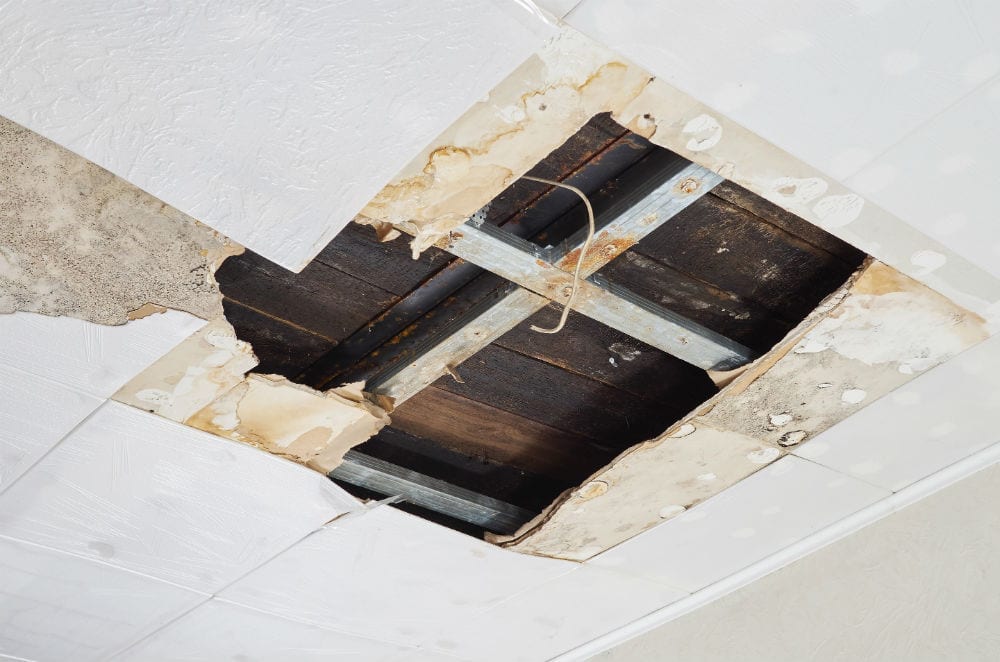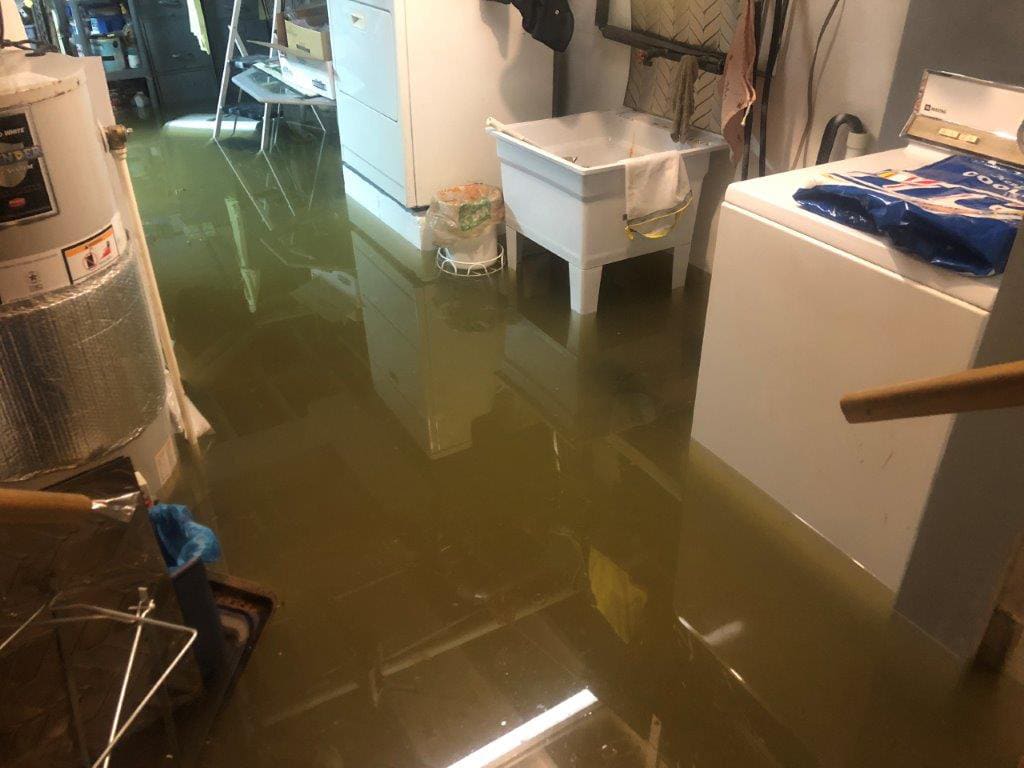Do's & Don'ts of Water Damages.
Do's & Don'ts of Water Damages.
Blog Article
In this article in the next paragraph yow will discover some helpful material on the subject of Simple Solutions To Preventing Fire And Water Damage To Your Home.

Though water provides life, water breach on parts where it's not intended to be can cause damage. It can peel off away surfaces as well as wear down the structure if the water saturates into your framework. Mold and mildew as well as mildew also thrive in a damp environment, which can be unsafe for your health and wellness. Residences with water damages smell old and also mildewy.
Water can come from lots of sources such as tropical storms, floods, ruptured pipes, leakages, and sewage system concerns. In case you experience water damage, it would be good to recognize some safety and security preventative measures. Here are a couple of guidelines on how to take care of water damage.
Do Prioritize Home Insurance Coverage Insurance Coverage
Water damage from flooding because of hefty winds is seasonal. You can likewise experience a sudden flooding when a malfunctioning pipe suddenly ruptures into your house. It would be best to have residence insurance that covers both acts of God such as all-natural catastrophes, and also emergency situations like broken plumbing.
Do Not Neglect to Shut Off Energies
In case of a catastrophe, specifically if you live in a flood-prone area, it would be suggested to turn off the main electrical circuit. This cuts off power to your whole home, protecting against electrical shocks when water comes in as it is a conductor. Furthermore, don't fail to remember to shut off the primary water line valve. Furniture will move about as well as trigger damages when floodwaters are high. Having the main shutoff shut down protects against more damages.
Do Keep Proactive and Heed Weather Informs
Storm floodings can be extremely unpredictable. If there is a background of flooding in your community, stay proactive and also ready. Pay attention to discharge warnings if you live near a river, lake, or creek . Get belongings from the ground floor as well as basement, then placed them on the greatest possible level. Doing so decreases possible home damage.
Don't Disregard the Roofing System
You can stay clear of rainfall damage if there are no holes and leakages in your roofing. This will prevent water from moving down your wall surfaces and saturating your ceiling.
Do Focus On Little Leakages
A burst pipe doesn't occur over night. You might see bubbling paint, peeling wallpaper, water streaks, water spots, or leaking noises behind the walls. Have your plumbing repaired prior to it results in massive damages.
Do Not Panic in Case of a Ruptured Pipeline
When it comes to water damages, timing is key. Thus, if a pipe ruptureds in your house, quickly shut off your main water valve to cut off the source. Call a trusted water damages restoration professional for assistance.
Water gives life, water breach on components where it's not intended to be can result in damages. Residences with water damages odor old and moldy.
Water damages from flooding fees to heavy winds is seasonal. You may observe gurgling paint, peeling off wallpaper, water streaks, water spots, or dripping sounds behind the wall surfaces. When it comes to water damages, timing is essential.
Are Water Mitigation and Water Damage Restoration the Same Thing?
When are Water Mitigation Services Needed?
Water intrusion can come from small sources like a dishwasher leak or larger ones like rainwater causing inches of standing water in a basement. Other instances of damage that call for water mitigation services include:
Sewer backup, sump pump failure, or clogged toilets Toilet wax seal failure Shower pan corrosion Pipe leaks and ruptures Washer or icemaker line breaks HVAC drain line blockage A leaking roof Moisture behind walls Foundation cracks Mold Mold is a good example to illustrate how water mitigation works. We’ve often found that clients we do mold remediation services for had existing water damage issues that ended up leading to the mold damage. When performing water mitigation we look for what’s causing the water problem and for ways to stop mold before it multiplies and becomes a bigger concern.
Are You Currently Experiencing a Water Disaster?
If you’re in the middle of a water intrusion disaster, here are some important dos and don’ts to follow:
Don’ts:
Safety first! Do not enter a room with standing water until the electricity has been turned off! A regular household vacuum should never be used to pick up water. Never use electrical appliance if standing on a wet floor or carpet. Leave visible mold alone. Dos:
Call a water mitigation professional as soon as possible. Mold and other damage can begin within hours of a water intrusion. Mop and blot up as much water as possible. Remove non-attached floor coverings and mats but leave wall-to-wall carpeting removal to a pro. If there are window coverings like draperies that touch the water, loop them through a hanger and put them up on the rod. Remove wet cushions to dry and wipe down soaked furniture. Move valuables like paintings, photos, and art objects to a dry location. Books should be left tightly packed on shelves until it’s determined if they need specialized drying. Prop open closets, cabinets, and drawers to allow them to air out. https://cfrsfl.com/blog/are-water-mitigation-and-water-damage-restoration-the-same-thing/

We had been introduced to that report about Keeping Your Home Safe This Holiday Season through a friend on our other web page. If you enjoyed reading our blog entry plz don't forget to pass it around. Thanks a lot for your time. Come back soon.
Report this page